Global Non-invasive Ventilation Devices Market - Comprehensive Data-Driven Market Analysis & Strategic Outlook
The global non-invasive ventilation devices market and its industry will remain a focus of major interest as healthcare systems trend toward solutions that minimize complications and enhance patient comfort. The market will not only be influenced by medical need but also by the growing concern about technologies that seek to minimize risks related to conventional invasive interventions. Hospitals, specialty clinics, and even home healthcare facilities will seek to implement such devices since they will offer choices that benefit patients without the necessity of intubation. In the next few years, use of these devices will increase as knowledge of respiratory illness spreads to regions that previously did not have access to advanced technology.
The market will capture the integration of clinical knowledge with cutting-edge engineering to produce equipment that will prove more versatile and convenient. The global non-invasive ventilation devices market will equally be driven by a wide range of stakeholders, ranging from producers that will improve product design to caregivers who will be working with these devices on a day-to-day basis in crucial environments. Since the industry will move forward, it will not just be about equipment provision but also about changing the way respiratory assistance will be provided to patients of various ages and conditions. Training, affordability, and accessibility will become determining factors which will make a difference in how extensively these devices will be used.
Ultimately, the global non-invasive ventilation devices market will be an indication of the manner in which medical technology will address the urgent demand for safer and more efficient treatment so that respiratory care will be more humane and less invasive.
- Global non-invasive ventilation devices market size was around USD 3527.4 million in 2025, expanding at a CAGR of about 7.4% during 2032, with the potential to cross USD 5816.4 million.
- Continuous Positive Airway Pressure (CPAP) Devices has around 48.9% market share and are pushing innovation and increasing applications through rigorous research.
- Key trends influencing growth: Device design and functionality technological advancements, Rising incidence of respiratory disorders across the world
- Opportunities are: Increasing homecare non-invasive ventilation devices adoption
- Key insight: The market will expand exponentially in terms of value in the next decade, with immense growth opportunities.
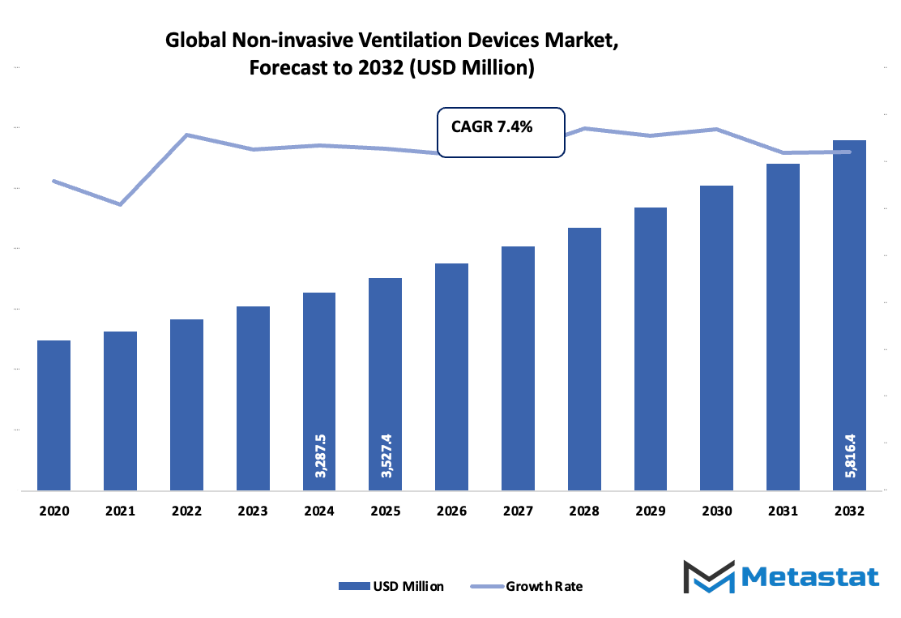
Market Segments
The global non-invasive ventilation devices market is mainly classified based on Product Type, Application, End-User
By Product Type is further segmented into:
- CPAP Devices: The global non-invasive ventilation devices market will experience steady application of CPAP devices as the perfect therapy for sleep-disordered breathing. They will be more utilized due to their ability to deliver ongoing airflow and prevent risks to the untreated patient's health, ensuring better and safer patient care.
- Bi-level Positive Airway Pressure (BiPAP) Devices: BiPAP devices will see robust growth worldwide in the future, particularly for patients requiring more comprehensive respiratory treatment. The ability of BiPAP devices to provide adjustable pressure settings will make them valuable in complex situations, increasing treatment flexibility as well as the quality of care.
- Oxygen Concentrators: Growing demand for portable and affordable oxygen delivery systems will drive the global global non-invasive ventilation devices market for oxygen concentrators. Due to pressure on providing home-based care and increasing cases of chronic respiratory illnesses, oxygen concentrators will dominate the list of affordable and continuous patient care.
- Ventilators: The global non-invasive ventilation devices market will see growing demand for ventilators as a measure of critical care needs and emergency readiness. Technological innovation, supported by greater investment in the healthcare infrastructure, will render ventilators an essential equipment to treat acute and chronic respiratory conditions across all health care settings.
- Others: Other Non-invasive Ventilation Devices in the global market will be tailored to respond to unique patient needs and add therapeutic options. Continued innovation and implementation of digital technologies will improve monitoring functionality and allow clinicians to deliver more personalized and effective respiratory care.
By Application the market is divided into:
- Chronic Obstructive Pulmonary Disease (COPD): COPD will remain one of the largest drivers for growth within the global non-invasive ventilation devices market worldwide. Higher global prevalence, alongside increased awareness about earlier intervention, will drive increased demand for non-invasive interventions to improve quality of life and decongest healthcare system workload.
- Obstructive Sleep Apnea (OSA): The global non-invasive ventilation devices market will witness major adoption of OSA treatment due to early screening programs and heightened consciousness of associated health complications. Products enhancing the quality of sleep and preventing long-term complications will be the leader in treatment patterns and patient prognosis.
- Neuromuscular Disorders: Growing knowledge of respiratory complications of neuromuscular disorders will drive future demand for the global non-invasive ventilation devices market. Non-invasive therapies will become the focus of disease progress management and patient independence maintenance with improved breathing support.
- Respiratory Failure: Non-invasive technology will increasingly be employed to manage respiratory failure with reduced dependency on invasive technology. The global non-invasive ventilation devices market will expand due to the needs of healthcare providers putting emphasis on patient safety, comfort, and rapid recovery rates without hampering urgent care needs.
- Others: New applications in the global non-invasive ventilation devices market will emerge, fueled by medical studies and growing healthcare demand. Greater utilization across a broad spectrum of respiratory diseases will drive innovation and provide more effective, tailored solutions.
By End-User the market is further divided into:
- Hospitals: Hospitals will be a leading end-user segment in the global non-invasive ventilation devices market due to advanced infrastructure and high volumes of patients. Hospitals, with their focus on specialty care, will remain reliant on advanced non-invasive devices to treat complex respiratory patients effectively.
- Clinics: global non-invasive ventilation devices market will witness growth in usage in clinics, driven by early diagnosis methods and management of mild respiratory diseases. Clinics will play a pivotal role in increasing access to care and outpatient treatment measures.
- Homecare Settings: Increased demand for home-based care will spur growth in the global non-invasive ventilation devices market across the world. User-friendly products, portability of devices, and remote monitoring features will ensure that these devices become the focal point of enhancing comfort and minimizing hospital admission and healthcare expenses.
- Ambulatory Surgical Centers: Ambulatory surgical centers will contribute to growing the size of the global non-invasive ventilation devices market by offering advanced respiratory support in day-care settings. More focus on efficiency and speedy recovery will drive demand in this setting.
- Others: The other health centers will also play a part in increasing the size of the global non-invasive ventilation devices market by allowing wider access across different settings. They will play an additional role in boosting adoption and overall patient care.
|
Forecast Period |
2025-2032 |
|
Market Size in 2025 |
$3527.4 Million |
|
Market Size by 2032 |
$5816.4 Million |
|
Growth Rate from 2025 to 2032 |
7.4% |
|
Base Year |
2024 |
|
Regions Covered |
North America, Europe, Asia-Pacific, South America, Middle East & Africa |
By Region:
- Based on geography, the global non-invasive ventilation devices market is divided into North America, Europe, Asia-Pacific, South America, and the Middle East & Africa.
- North America is further divided into the U.S., Canada, and Mexico, whereas Europe consists of the UK, Germany, France, Italy, and the Rest of Europe.
- Asia-Pacific is segmented into India, China, Japan, South Korea, and the Rest of Asia-Pacific.
- The South America region includes Brazil, Argentina, and the Rest of South America, while the Middle East & Africa is categorized into GCC Countries, Egypt, South Africa, and the Rest of the Middle East & Africa.
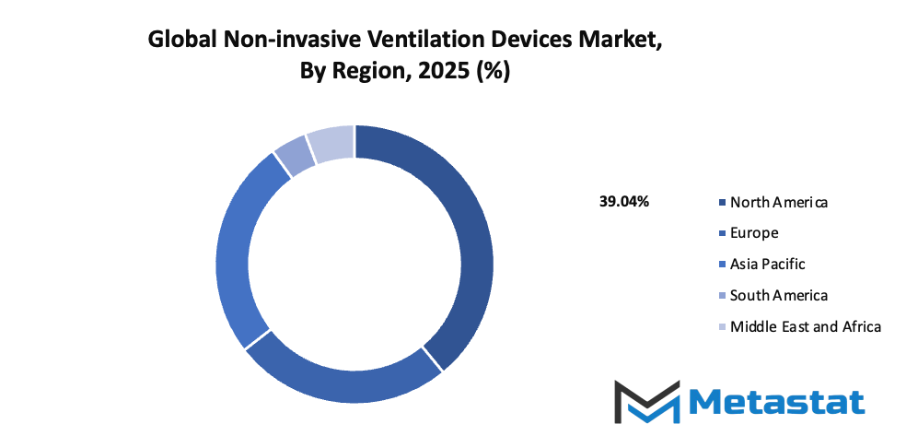
Growth Drivers
Advances in device technology and design: The global non-invasive ventilation devices market will expand further as device design evolves with more intelligent technology, greater mobility, and increased patient comfort. Future devices will be simpler to use, compact, and aided by AI-based monitoring tools. These improvements will raise treatment accuracy and promote greater adoption in healthcare settings globally.
Escalating incidence of respiratory diseases worldwide: The global non-invasive ventilation devices market shall grow even more with the increasing rate of respiratory diseases across the world. Diseases like asthma, COPD, and sleep apnea are still impacting millions. As air pollution, smoking, and aging populations increase, the demand for non-invasive ventilation devices will be robust, fueling long-term growth in the market.
Challenges and Opportunities
Exorbitant cost linked with newer non-invasive ventilation devices global non-invasive ventilation devices market faces constraints because of the exorbitant cost linked with newer technologies. State-of-the-art equipment with AI-driven monitoring and embedded connectivity tends to be a luxury for underfinanced healthcare systems. The matter of bringing down costs of production and providing elastic pricing models will prove crucial in making devices accessible globally.
Reimbursement issues and regulatory barriers: Reimbursement and regulatory challenges also confront the global non-invasive ventilation devices market. Differing standards of approval from country to country and minimal insurance coverage hold up adoption in most countries. Efficient approval processes and greater cooperation between insurers and clinicians will induce more clinics and hospitals to adopt non-invasive ventilation devices.
Opportunities
The global non-invasive ventilation devices market will see tremendous growth with increasing homecare adoption. Patients demand home-based treatment for convenience, cost-effectiveness, and fewer hospital visits. Development in easy-to-use and portable devices will make homecare management a convenient option, thus the strong potential for the market to expand globally.
Competitive Landscape & Strategic Insights
The global non-invasive ventilation devices market has been expanding with impressive rates as healthcare systems worldwide continue to evolve in order to address the rising demands for quality respiratory care. The market is being driven by both multinational firms and local companies that aim to fulfill the growing demands of hospitals, clinics, and homecare. They comprise, among others, Philips Healthcare, ResMed Inc., Fisher & Paykel Healthcare, Heyer Medical AG, GE Healthcare, Smiths Medical, Drägerwerk AG & Co. KGaA, Hamilton Medical AG, Air Liquide Medical Systems, Vyaire Medical, Physiopedia, Airon Corporation, DeVilbiss Healthcare LLC, Nihon Kohden Corporation, Breas Medical AB, Masimo Corporation, O-Two Medical Technologies Inc, and Medin Medical Innovations GmbH.
Their focus on research, design, and production has made it possible for the market to be more competitive and yet move towards innovation to the benefit of patients. The applicability of these devices can only grow with respiratory disease still rising as a result of factors such as to urban pollution, lifestyle, and population expansion.
Non-invasive ventilation makes it possible for patients to receive life-saving respiratory support without the agony and risks of invasive procedures, and it is frequently a first-line option in clinical practice. As technology advances, devices become lighter, more efficient, and less complex, allowing medical professionals to provide quicker responses to emergency situations and more effective long-term care for long-term illnesses. In the upcoming future, the global market for non-invasive ventilation machines will see broader adoption of digital technologies, AI, and remote monitoring functions.
Next-generation intelligent systems that can independently modulate airflow based on patient needs are already being conceptualized, and future generations of these devices will likely offer individualized therapy in combination with real-time feedback data to physicians.
Remote connectivity will be essential, as healthcare providers will be able to monitor patients remotely away from hospitals, thus reducing hospital readmission and overall treatment costs. All this will supplement the growing demand for home-based healthcare services.
Just as important in the future of this market is the way local producers and global players balance out each other. Multinational giants will continue to push technology innovation, while the locals will join in with affordable solutions based on regional requirements. This equilibrium will ensure the devices become increasingly accessible to emerging healthcare systems, closing the gap in respiratory care geographically.
New product development will be guided by affordability, portability, and reliability, thus rendering the devices suitable not only for upscale hospitals but also for community-based clinics. Sustainability is also anticipated to guide how the market evolves in the coming years. Companies will look for green designs, recyclable components, and power-saving technologies to meet global health and environmental requirements. Combining innovation with sustainability will make such devices more adaptable for use in future healthcare infrastructures. The market size is expected to grow from USD 3527.4 million in 2025 to over USD 5816.4 million by 2032. Non-invasive Ventilation Devices are to remain dominant but increasingly under competition from new forms.
Due to growing awareness for respiratory health, government support, and continued medical innovation, the global non-invasive ventilation devices market will keep growing. The next decade will pretty much definitely be characterized by a trend toward smarter, patient-centric solutions providing significant improvement in outcomes and reducing the burden on healthcare facilities. The partnership of powerful firms and agile local players will keep propelling breakthroughs, allowing advanced breathing assistance to reach populations worldwide.
Market size is forecast to rise from USD 3527.4 million in 2025 to over USD 5816.4 million by 2032. Non-invasive Ventilation Devices will maintain dominance but face growing competition from emerging formats.
With growing awareness of respiratory health, supportive government policies, and continuous medical innovation, the global non-invasive ventilation devices market is set to expand further. The next decade will likely see a shift toward smarter, more patient-friendly solutions that improve outcomes and reduce burdens on healthcare facilities. The collaboration between leading corporations and agile regional firms will keep driving progress, ensuring that advanced respiratory support becomes widely available to populations worldwide.
Report Coverage
This research report categorizes the global non-invasive ventilation devices market based on various segments and regions, forecasts revenue growth, and analyzes trends in each submarket. The report analyses the key growth drivers, opportunities, and challenges influencing the global non-invasive ventilation devices market. Recent market developments and competitive strategies such as expansion, type launch, development, partnership, merger, and acquisition have been included to draw the competitive landscape in the market. The report strategically identifies and profiles the key market players and analyses their core competencies in each sub-segment of the global non-invasive ventilation devices market.
By Product Type:
- Continuous Positive Airway Pressure (CPAP) Devices
- Bi-level Positive Airway Pressure (BiPAP) Devices
- Oxygen Concentrators
- Ventilators
- Others
By Application:
- Chronic Obstructive Pulmonary Disease (COPD)
- Obstructive Sleep Apnea (OSA)
- Neuromuscular Disorders
- Respiratory Failure
- Others
By End-User:
- Hospitals
- Clinics
- Homecare Settings
- Ambulatory Surgical Centers
- Others
Key Global Non-invasive Ventilation Devices Industry Players
- Philips Healthcare
- ResMed Inc.
- Fisher & Paykel Healthcare
- Heyer Medical AG
- GE Healthcare
- Smiths Medical
- Drägerwerk AG & Co. KGaA
- Hamilton Medical AG
- Air Liquide Medical Systems
- Vyaire Medical
- Physiopedia
- Airon Corporation
- DeVilbiss Healthcare LLC
- Nihon Kohden Corporation
- Breas Medical AB
- Masimo Corporation
- O-Two Medical Technologies Inc
- Medin Medical Innovations GmbH



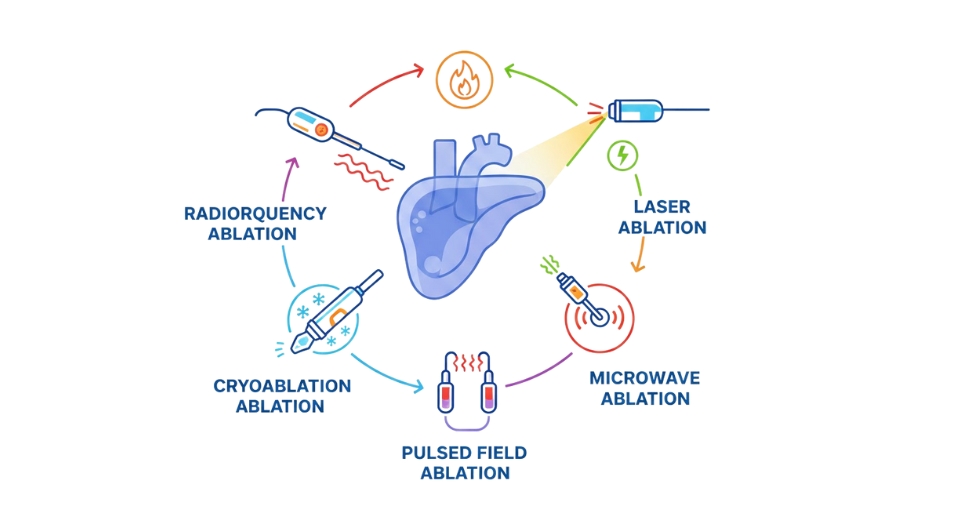

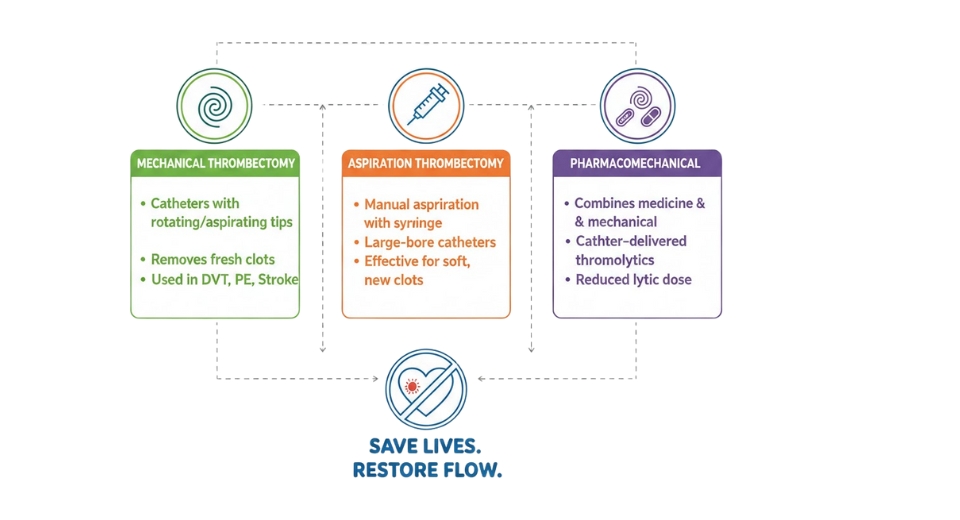
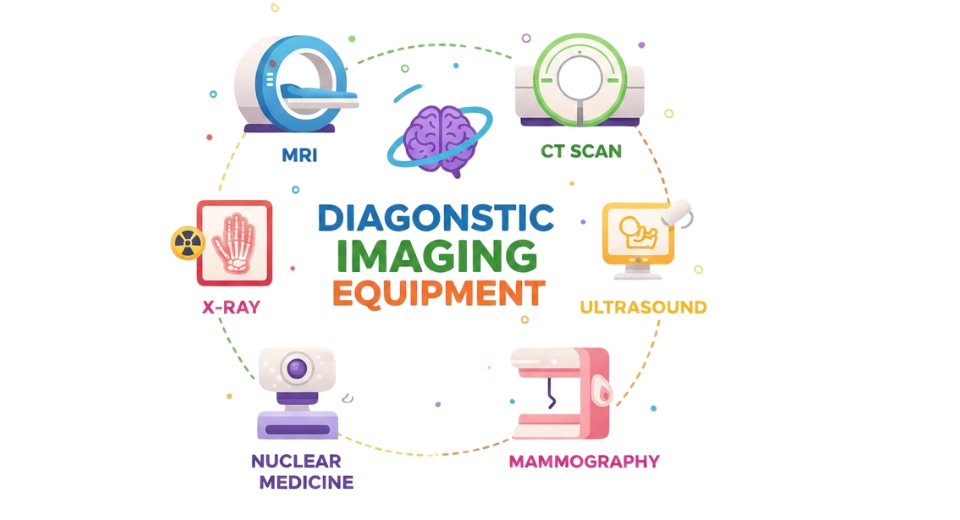

 US: +1 3023308252
US: +1 3023308252






